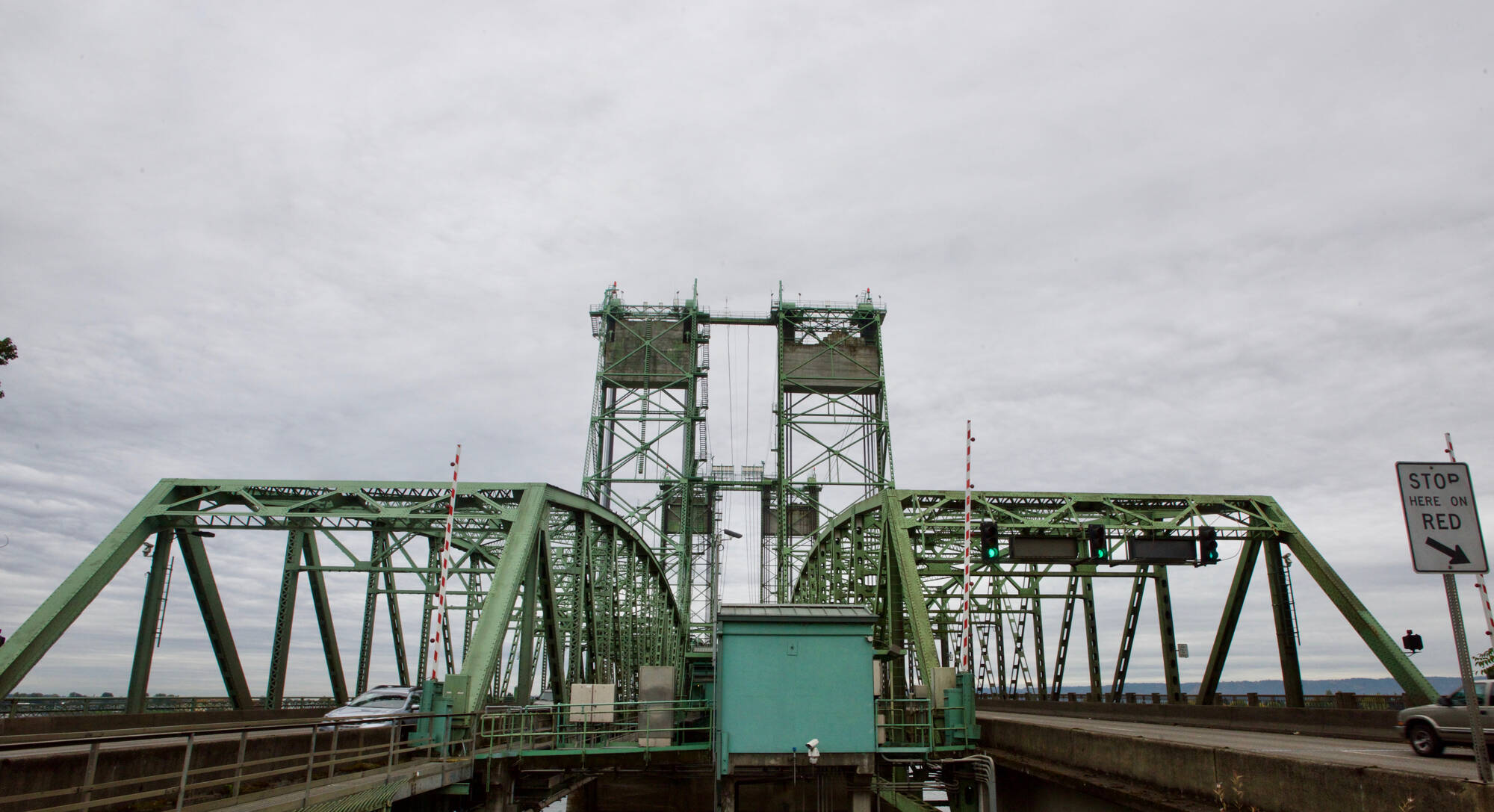VANCOUVER — Eight partners in the Interstate 5 Bridge Replacement Program have endorsed the master plan, moving the project to the environmental review phase. But the conditions that most of the partners placed on their approval illustrate sizeable gaps in how each stakeholder views the project, and foreshadow the delicacy and difficulty planners will face in designing a project that satisfies users now and for a century to come.
Commuters from Southwest Washington want a bridge that reduces travel times. Many Oregonians want a bicycle-friendly bridge with as small a footprint as possible. The freight community wants one or two auxiliary lanes or a freight-only corridor on the bridge.
Trust may be the key to overcoming the differences. There is much more trust this time around than with the failed Columbia River Crossing, says Metro Councilor Shirley Craddick, one of the few elected officials who has worked on both projects.
The trust that the bridge-replacement team has worked to develop allows the different groups to focus on their shared values and common goal of replacing the bridge, she added.
“We all have the same goals, actually,” Craddick said. “We want to be able to go from one side to the other relatively easily, we want to be able to access our downtowns, we want to be able to have a choice in how we get around. I think there’s a lot we have in common.”
The conditions the partners placed on their approvals reflect that alignment. Many conditions, such as ones about climate and equity, were included by a majority of partners.
Others are more specific. C-Tran, for example, states it will not be responsible for paying any costs to operate or maintain light rail in Clark County. C-Tran already has invested more than $90 million in bus service to Portland over the past decade, according to CEO Shawn Donaghy.
Questions and concerns
Greg Johnson, administrator of the Interstate Bridge Replacement Program, sees the conditions less as commands and more as points that need to be answered and analyzed.
“We don’t use the term ‘binding,’ but … these are questions and concerns that must be addressed, and they’re priorities of our partners,” Johnson said.
Donaghy said that although he sees a conflict between the conditions between the agencies to the north and south of the river, he applauds the groups in Portland for their zeal in addressing climate and equity concerns.
“I think that their desire to put forward a project that tries to address climate issues and tries to address equity is paramount,” Donaghy said. “I applaud them for working to do that.”
Some of the groups’ conditions seem directly at odds.
The goal to make the bridge’s footprint as small as possible runs up against the freight community’s desire for auxiliary lanes, rebuilt freeway interchanges and bridge configurations to meet the freight needs of the present and the future.
“We will be looking and digging into the data and running models,” Johnson said. “So it’s a matter of making sure that we can answer appropriately and put up the right models that show how this will perform in the future.”
How many lanes?
The number of lanes on the bridge is another point of conflict. C-Tran’s conditions of approval call for a minimum of three through lanes, plus wide inside and outside shoulder lanes that buses can use in heavy traffic, and the “necessary number of auxiliary lanes required for the safe and efficient movement of freight, public transportation, and general-purpose traffic” in each direction.
Metro Councilor Mary Nolan, who represents Hayden Island and North Portland, said C-Tran’s conditions run up against Metro’s.
“Metro explicitly said we don’t want this to be a capacity increase,” Nolan said.
Nolan voted against endorsing the modified locally preferred alternative, citing concerns over how it will affect marginalized communities, its ability to be financed and how it will affect the climate. But she sees the conditions of approval as essential.
“It provides an opening for honest and collaborative negotiation; it doesn’t guarantee it,” Nolan said. “But you can’t work through interest-based negotiation until you know what those different interests are.”
Auxiliary lanes, in which vehicles can speed up and slow down around freeway exits, are another spot of potential conflict.
Metro’s conditions call for one auxiliary lane in each direction. The Port of Vancouver’s conditions call for the study of both one and two auxiliary lanes.
Johnson said preliminary work looking at the performance of two auxiliary lanes is already underway. But the planning team’s first priority is examining whether one auxiliary lane improves traffic for the next 20 years.
“If (one auxiliary lane) can satisfy that 20-year time frame, then we will come back to the partners and show them that,” he said. “If it doesn’t, we will come back to the partners and show them that, with a list of other alternative things that we can do. That may include having additional auxiliary lanes.”
In spite of the differences, Craddick is optimistic that a new bridge will get built and the region will continue to work together.
“The most important thing we can do is speak as one voice as a region,” Craddick said. “We are competing for those federal dollars with the Baltimores, with the Los Angeleses, with the San Franciscos, so it’s really important that we speak as one region.”



